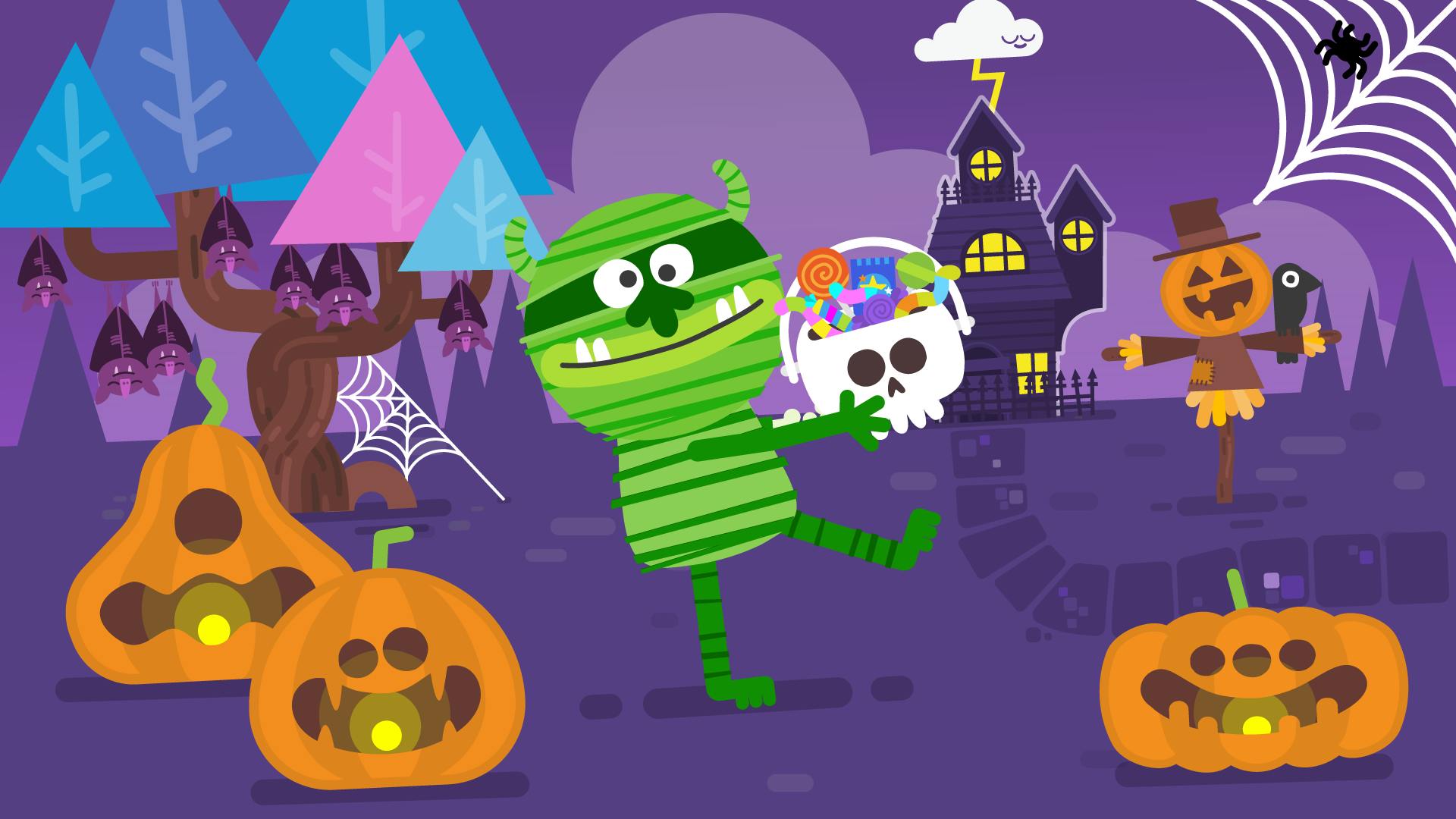Let's get weird - dark and sweet stories reflecting the complex world of kids
(3 minute read)

When I was eight, I stole my brother’s book about scary mythological creatures. It was like an encyclopedia of all scary things; vampires waiting at your windows, ghost heads dripping blood through the floorboards, sirens calling innocent sailors to crash on the rocks so they could devour them… It terrified me… but I loved this book! I pawed at its pages every night, taking in all the weird and wonderful tales. I remember each page vividly and the stories have stuck with me ever since…
Moral lessons, friendly characters, and happily-ever-after endings are what we often think about first when thinking about children’s stories. They provide comfort, reassurance, and a sense of stability for young readers and they have a purpose. They often teach valuable life lessons about kindness, friendship, and perseverance and show a simple world where problems are solved, and justice prevails.
However, children, like everyone else, have complex emotions and experiences that can't always be neatly packaged into sweet and safe narratives. Children can enjoy a wide spectrum of stories, including those that are dark, weird, unsettling, or even frightening! Think of the terrible weird things that happen in your favorite Roald Dahl story (George's Marvelous Medicine!), the popularity of Fungus the Bogeyman, Where the Wild Things Are, or warnings about wolves in Grandma's clothing from your favorite fairy tale.
These darker or more ambiguous stories serve a different purpose. Children are naturally curious about the world around them, and they encounter challenges, fears, and uncertainties as they grow. Darker stories often acknowledge the presence in life of feelings such as loss, fear, and adversity.
It’s true that unsettling or horrible stories may seem inappropriate for children at first glance. However, these stories, when crafted thoughtfully, can also play a valuable role in a child's literary diet. They provide an opportunity for children to confront their fears and anxieties in a controlled and comfortable setting. By experiencing these feelings through fiction, children can learn to cope with strong emotions and develop their resilience.
These stories can also serve as a vehicle for discussing challenging topics with children. They can help parents and educators start discussions on tricky topics, provide valuable lessons about empathy and social responsibility, and address issues like bullying, discrimination, and the consequences of negative actions.
Children's lives are far from one-dimensional. They experience moments of joy and sorrow, bravery and fear, love and hate. Like all of us, they grapple with the complexities of existence. They are drawn to stories that encompass the full range of human experiences. By embracing the richness of children's literature and offering a diverse array of stories, we empower children to become more compassionate, resilient, and emotionally intelligent individuals.
Whether my early experience with my brother’s book of ghosts and vampires had any long term effects, I can’t say, but (yes, we may be biased) we believe that Monsters can be fun.
We asked members of the Teach Your Monster Team for their favourite spooky, dark and weird children's books and here's what they came up with...
- Dracula: A BabyLit by Jennifer Adams and Alison Oliver
- The Stinky Cheese Man and Other Fairly Stupid Tales by Lane Smith and John Scieszka
- The Wolves in the Walls by Neil Gaiman and Dave Mc Kean
- Funnybones by Janet and Allan Ahlberg
- Meg and Mog by Helen Nicoll and Jan Pienkowski
- Haunted House by Jan Pienkowski
- Room on the Broom by Julia Donaldson and Alex Scheffer
- Nightmare Before Christmas by Tim Burton
- The Dark by Lemony Snickett and Jon Klasson
- How to Make Friends with a Ghost by Rebecca Green
And for slightly older readers the Worst Witch by Jill Murphy and the Little Vampire by Angela Summer-Bodenburg had a few fans!
Kay Leathers, Contributor at Teach Your Monster.